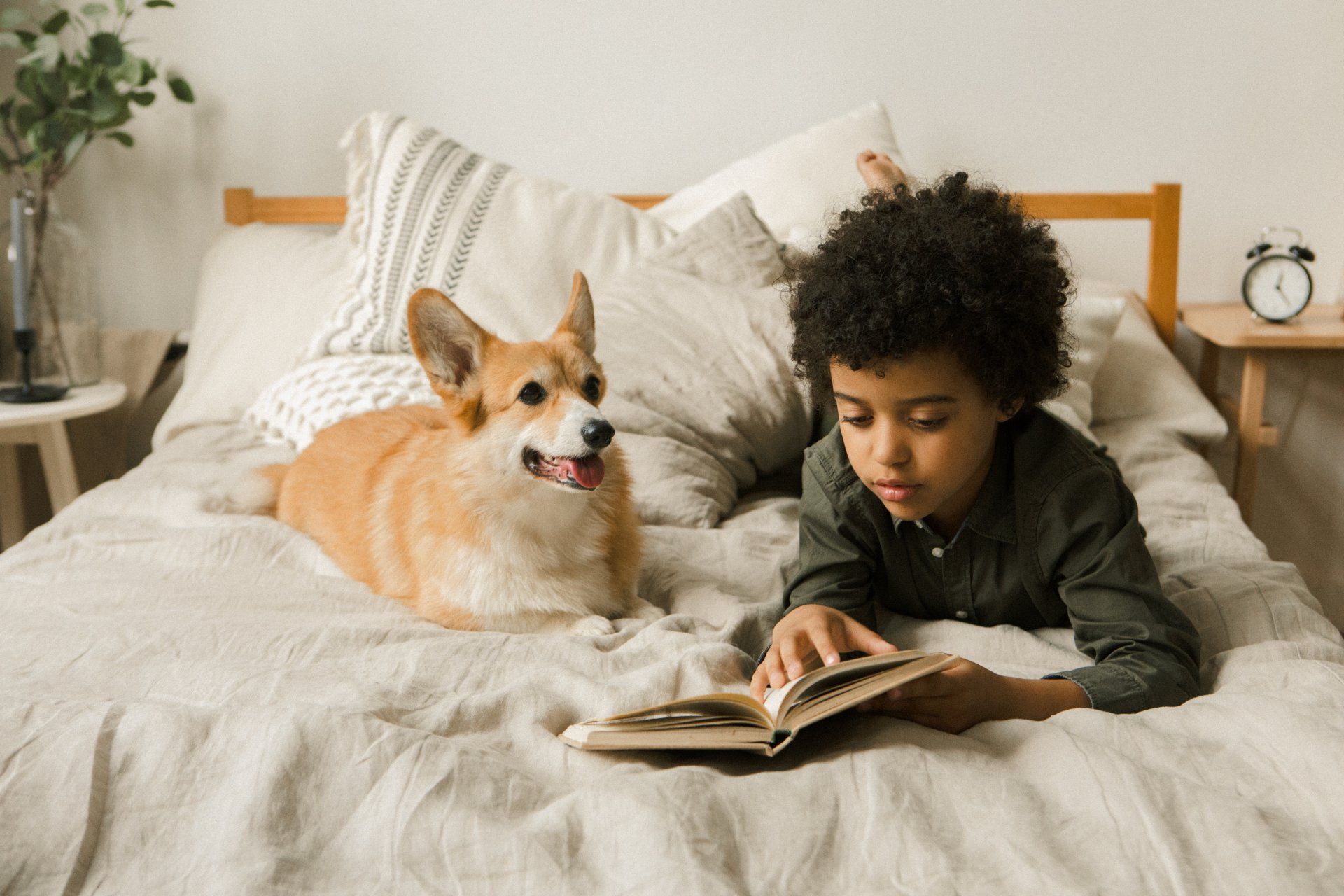By Anne Hauth
•
December 15, 2025
The other day, my son asked me why blizzards are hazardous. The most interesting part of his question was the way he said the word hazardous. He pronounced it incorrectly, with a long a: HAYzardous. This told me he’d never heard the word spoken aloud before. However, when I probed him on the word’s meaning, he knew it exactly. How? He came across the word in a book he was reading. He didn’t know what it meant, but he figured out the meaning using context clues. Sometimes an unknown word can stop a reader in their tracks, shutting down comprehension. But if the reader has the ability to figure the word out, comprehension can continue, and the new word becomes part of the reader’s vocabulary. According to the research, vocabulary and comprehension are strongly linked. Students with low vocabulary scores tend to have low comprehension, and vice versa. Students acquire vocabulary incidentally through exposure to words at home and at school—by listening and talking, by reading books with adults, and by reading widely on their own. Students, especially struggling readers, also benefit greatly if they are taught strategies for vocabulary acquisition. Vocabulary activities should aim to engage students in actively thinking about word meanings, the relationships among words, and how we can use words in different situations. Effective strategies for vocabulary practice include: Student-Friendly Definitions : The meaning of a new word should be explained to students at their level, rather than just providing a dictionary definition. Defining Words Within Context : The most effective time to introduce an unknown word’s meaning is often at the moment the reader meets the word in the text. Using Context Clues : Students should learn to infer the meaning of a word by looking closely at surrounding text. Sketching Words : For many students, it is easier to remember a word’s meaning by making a quick sketch that connects the word to something personally meaningful to the student. Applying Words : When students are challenged to apply new words to their own experiences, they have another opportunity to deeply process its meaning. Analyzing Word Parts : If students know the meanings of root words and affixes, they are more likely to understand a word containing these word parts. Semantic Mapping : Semantic maps help students develop connections among words—for example, by writing an example, a non-example, a synonym, and an antonym. Developing Word Consciousness : Students who are word conscious are aware of and interested in the words around them. Teachers can promote word consciousness by helping students use: Language categories: Students learn to make finer distinctions in their word choices if they understand the relationships among words, such as synonyms, antonyms, and homographs. Figurative language: The ability to use figures of speech is also a part of word-consciousness. The most common figures of speech are similes, metaphors, and idioms. We’ve strongly incorporated vocabulary development into One Minute Reader . If your child is using One Minute Reader, there are many ways for them to build vocabulary and increase comprehension: During the Cold Read step, they should click on unknown words to hear the words pronounced immediately. During the Read Alone step, they should click on highlighted vocabulary words to see and hear the definitions. They can also use our free Difficult Word List resource to sketch and record words they struggled with so that they may review them later. For targeted, game-based vocabulary practice, check out the Splat-O-Nym iPad app . With audio support and immediate feedback, Splat-O-Nym helps students learn pronunciation and enhance their vocabulary acquisition through fun activities. The app includes over 7,000 synonym questions, 1,000 antonym questions, and 600 meaning-from-context questions. After I answered my son’s question about blizzards, I high-fived him for figuring “HAYzardous” out as he read. At One Minute Reader, we're here to help you mitigate the hazards of low vocabulary and ensure your child has the tools they need to become a successful reader.


